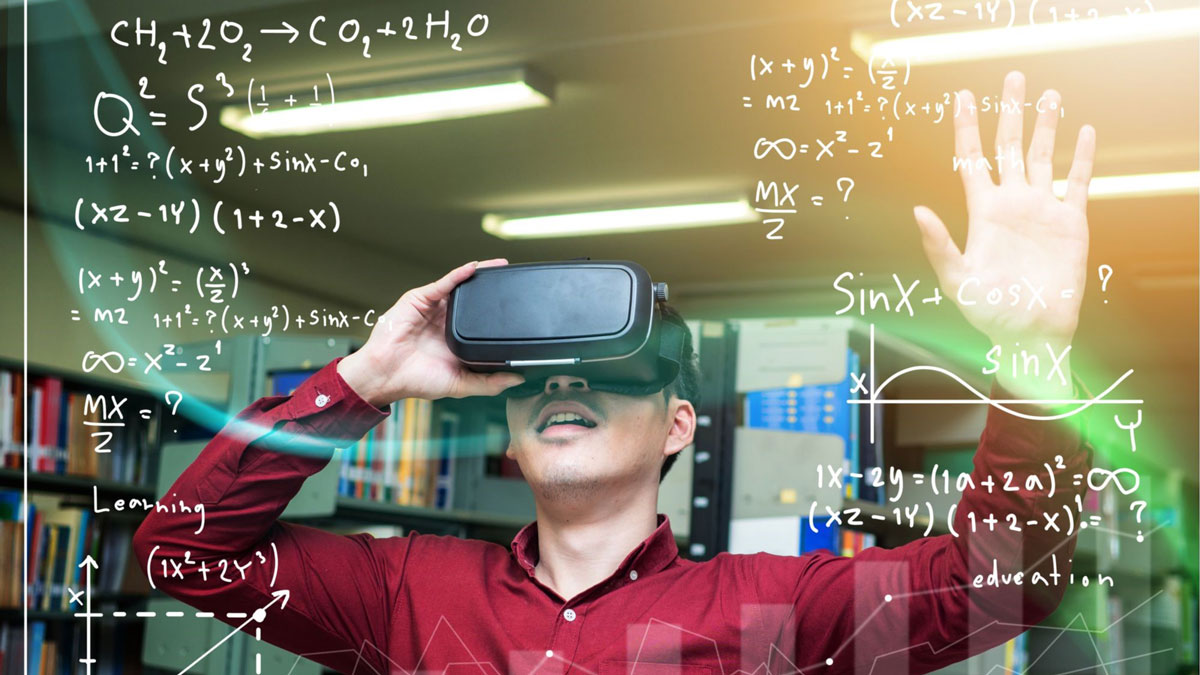Instant access to reliable information has drastically transformed how learning occurs these days. From an education standpoint, the benefits of technology are plenty, but some challenges have emerged regarding its adoption.
A recent survey, for instance, has found that most teachers believe that digital technologies are distracting students and leading to short attention spans. In this article, we present a balanced examination of the benefits and problems of educational technology.
How Does Technology Benefit Education?
As technology continues to be rooted in our day-to-day existence, education has to be transformed appropriately. Gone are those days when students could spend days in the library trying to research assignments. The Internet has hastened access to information and research evidence, making opportunities for learning limitless.
Of course, the need to improve education is an important issue for modern society as we presently face numerous unforeseen challenges. At the same time, test scores, which have for years been the perceived measure of academic performance, have started being questioned. As a result, technology has emerged as a tool for improving learning, teaching, and assessment.
One issue that has emerged in improving the quality of education is the need to reduce class sizes. While it is a feat that technology cannot achieve physically, innovation makes work easier for teachers. Learning management systems, for instance, allow students to access helpful online resources. As such, they can get the help that goes beyond the physical realm of the conventional classroom.
Also, education is not limited to the school environment. Student-centered learning requires that students get opportunities to access important instructional resources even at home. Technology allows learners to access teachers, assignments, and learning resources. If students need to spend more time studying concepts or working on a project, they can do so in the confines of their room. Students can also hire professionals to get “write my paper” help if they face challenges completing their assignments.
Another area where technology becomes quite useful is in encouraging parental contribution. Parents can interact with teachers and keep up with the progress of their children. Most importantly, technology inspires students to collaborate with others on tasks and research, sharing their work on receiving feedback.
Notable Challenges and How to Overcome Them
While technology bears immense promise when it comes to its application in education, there have been some notable challenges. The important takeaway is that, even with these challenges, most teachers are willing to deal with them and make their classrooms as digital as possible. Here are some notable hiccups and how they can be overcome:

Change of Often Resisted
Most teachers interested in integrating technology in their classrooms face resistance from their school communities. Of course, research on some of the technological applications is ongoing, and you may face opposition from some quarters. Teachers should offer plenty of evidence-based information as to why the technology is important and the possible benefits.
Lack of Resources and Adequate IT Support
Let’s face it — technology is an expensive investment. As the school continues to embrace technology, there will be a need for an IT department as well as investment in hardware and software. Furthermore, technological innovation is always changing, meaning that it can be challenging to keep up with the latest. Budgeting for such changes can have huge financial implications. Schools should make technology a core part of their organizational strategy, incorporating it into their budgetary allocation.
Fears Regarding the Role of the Teacher
There have been fears that the growing reliance on technology may diminish the importance of teachers. Understand that these gadgets and applications can never substitute the important human interactions. Teachers will still be needed to supervise and guide learning. The resources and tools should be complementary and supplemental.
Equity Issues
Concerns have been raised that the integration of technology in classrooms may worsen the socioeconomic differences that already exist. Even when the school has free Wi-Fi and some amazing digital tools, access to these devices may be limited when the students are at home. It means that some students are likely to benefit more from technology than others. It may even be necessary for schools to provide tablets or laptops for students.
Bottomline
These are just a few of the concerns that schools and teachers face as they consider integrating technology into classroom instruction. There are other issues, including security concerns and inadequate training. However, with time and proper planning, all these challenges can be overcome. After all, the education sector cannot afford to ignore the immense potential presented by technology.
